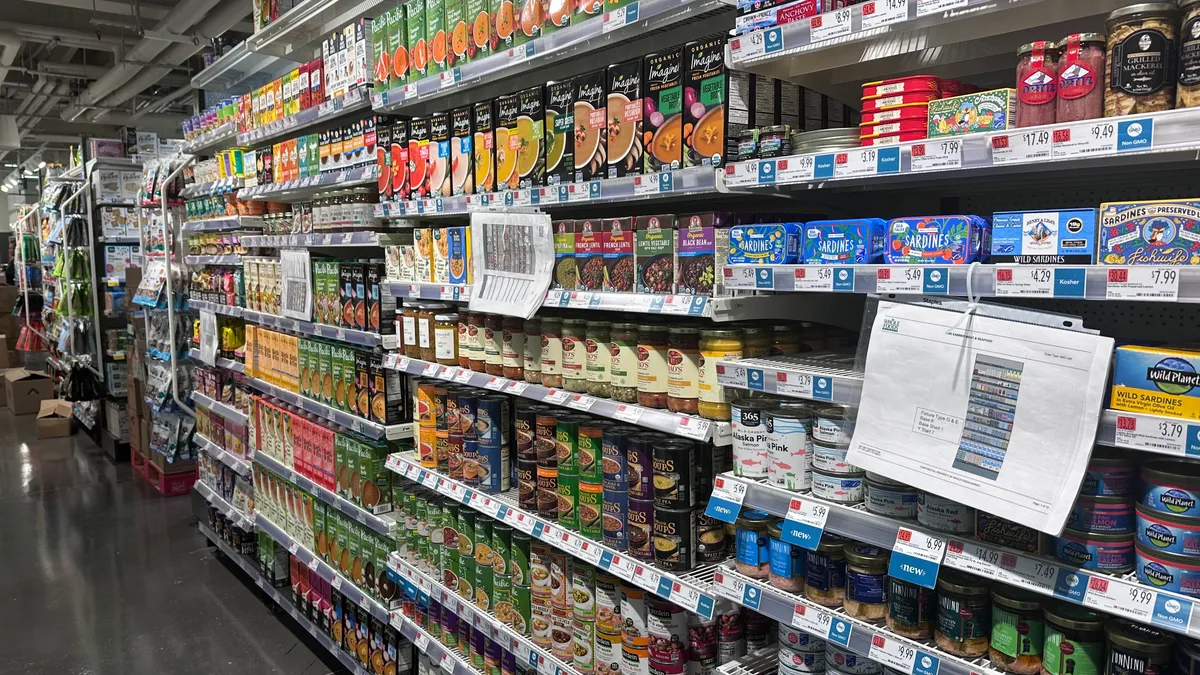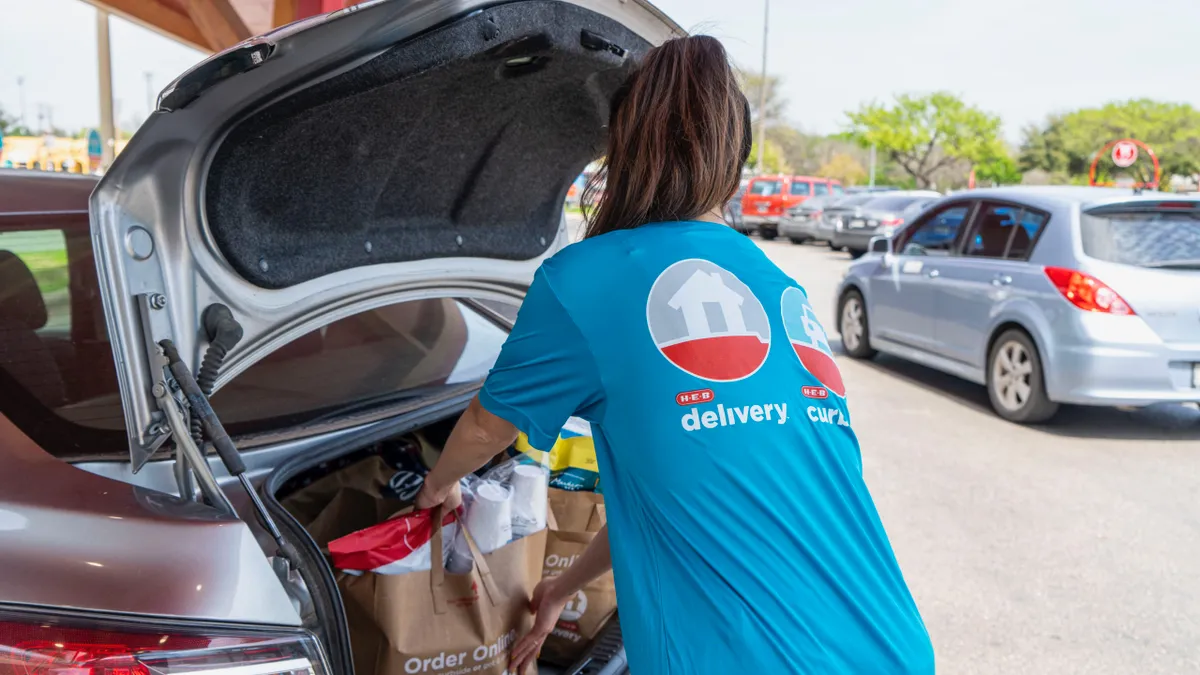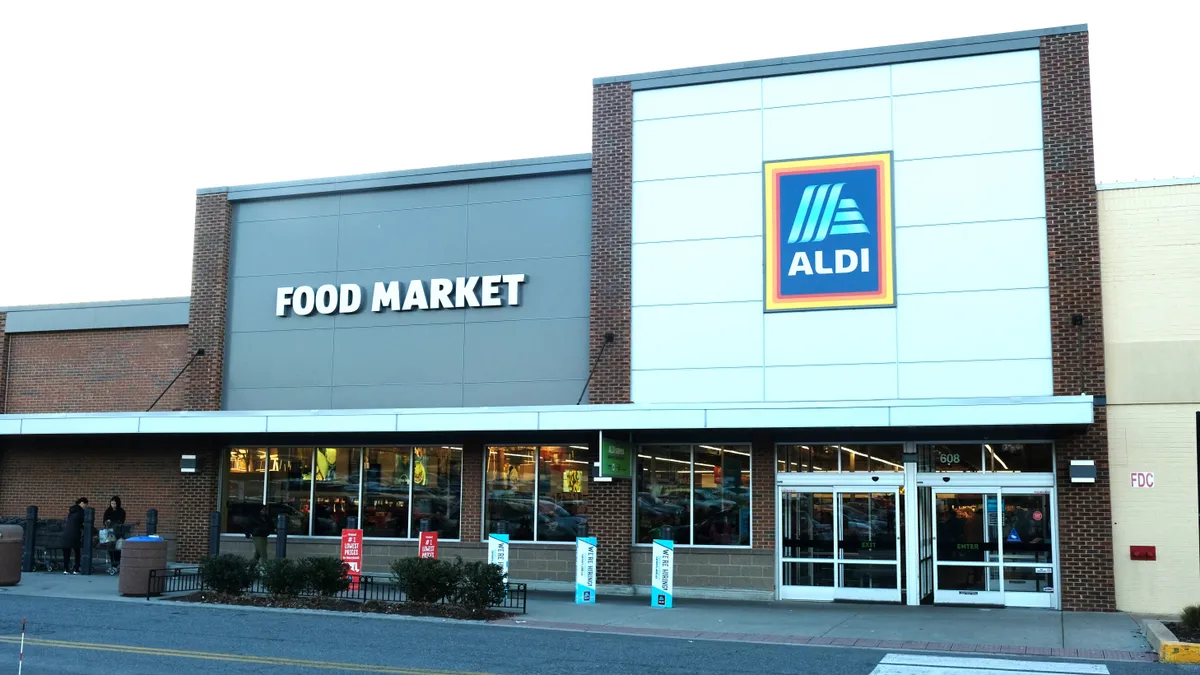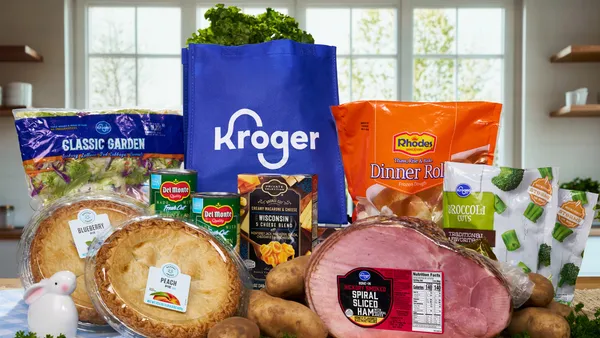While shoppers might sense that they are digging deeper to pay for groceries than they did before the COVID-19 pandemic, people are actually devoting the same share of their income to food as they did five years ago, survey data released last week by the Kearney Consumer Institute shows.
The typical consumer spent 6.6% of their income on food in 2024, the same proportion as in 2019, according to Kearney’s latest Consumer Stress Index, released Wednesday. The figure rose to 7.3% as the pandemic gripped the economy in 2020, but has declined steadily since then, the management consulting firm reported.
Meanwhile, people’s spending on restaurants, hotels and recreation has been growing as a share of their incomes since 2020, Kearney found, reflecting what the firm described as a tendency by people to make adjustments in their spending on essential goods in order to be able to afford products and services described as “wants,” like travel.
Kearney said it found that more than a quarter of consumers consider an annual vacation as essential and may be willing to make sacrifices when buying items they use daily to ensure they have enough money to pay for a getaway.
The index reflects data Kearney collected from 24,000 consumers in 12 countries about issues including their finances, health and education, geopolitics, food and the environment, and technology. Kearney drew its findings from data from the U.S. government, Oxford Economics and its own analysis.
The report showed that interest among people in saving money when buying groceries extends across income groups, which they pointed out has helped value-focused retailers like Aldi, Walmart and dollar stores strengthen their position while also boosting private label products. At the same time, 17% of consumers consider their favorite snacks as necessities, underscoring that while people think of food as a “need” in general, their priorities reflect personal preferences, Kearney found.
People were slightly more confident about their financial situation during the final months of last year than they were at the same point in 2023, Kearney reported. Seventy-two percent of survey participants said their income has kept pace with the cost of living during the fourth quarter of 2024, compared with 70% of respondents during the fourth quarter of the previous year. Meanwhile, the proportion of participants who said they are generally not worried about being able to afford food ticked down by 1 percentage point during that period, to 76%.
Still, 85% of consumers reported that groceries are the category where they feel the greatest pinch from prices, Kearney found.
Kearney said its research indicates that consumers have an “outdated” perception of what constitutes “fair prices” and predicted that shoppers would change their perceptions as the economy evolves.













